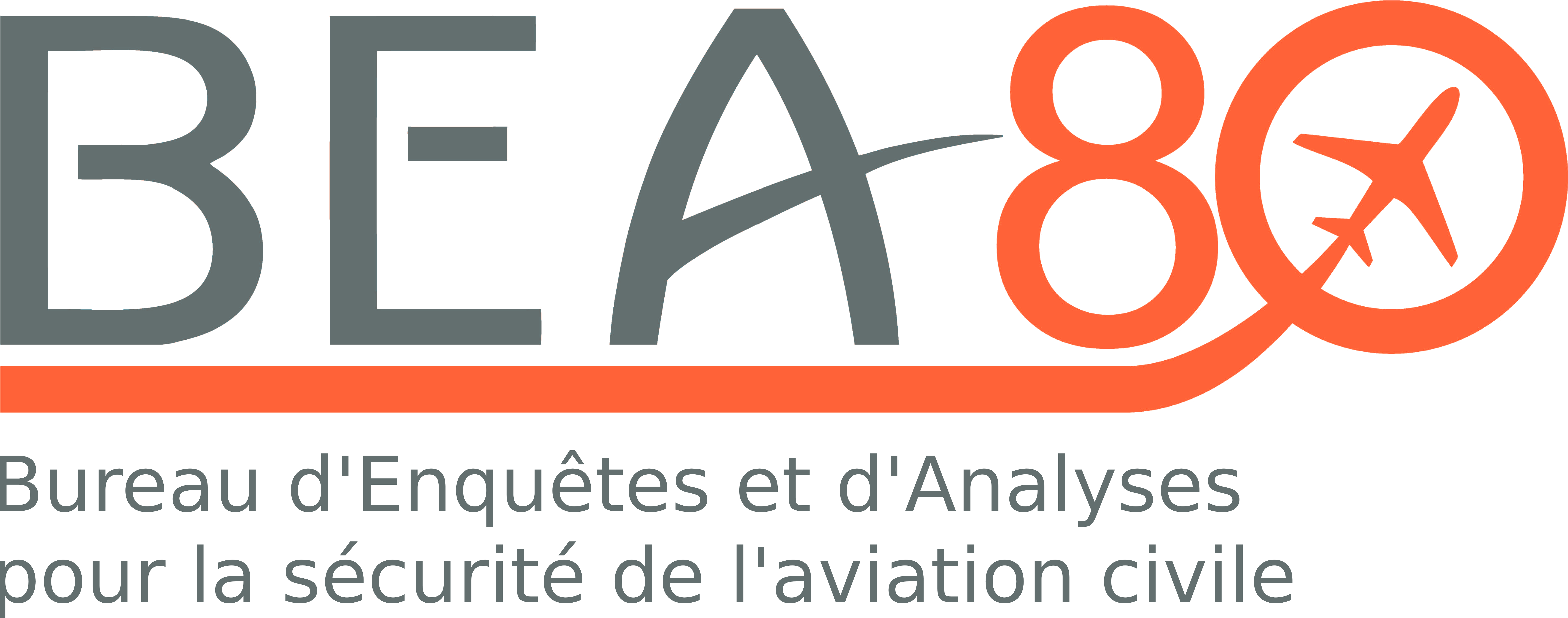Serious incident to the Airbus A319 registered F-GRHX operated by Air France and to the Airbus helicopter AS532 on 27/06/2016 at Marseille-Provence (13)
Rapprochement dangereux entre deux aéronefs en approche
On 27 June 2016 at 15:45, the crew of the A319 registered F-GRHX, undertaking flight HOP25PG from Bordeaux-Aquitaine airport (Gironde) bound for Marseille-Provence airport, were performing a visual approach to runway 31R.
A helicopter registered F-ZWBS, returning from a checkout flight under VFR east of the installations, was in descent to 1,500 ft towards the entry points of the aerodrome traffic circuit. As the helicopter transponder had failed during the flight, air traffic control only had primary radar contact on the aircraft. In the base leg, the Cougar crew started hover flight without informing the controller of this. Radar contact on the helicopter was lost. The Cougar headed toward the MS point and the two aircraft crossed paths without the crews being informed of their respective presence. The crews of the two aircraft made visual contact after crossing flight paths. The minimum separation values measured were 0.19 NM horizontally and 240 ft vertically.
The near collision was the result of a combination of the following factors:
- no segregation measures being taken by the air traffic control with respect to the Cougar which had to operate without a transponder, in dense airport traffic where the compatibility of IFR and VFR traffic is based on traffic information and visual contact between crews;
- non-compliance with the aerodrome circuit altitude by the Cougar crew;
- Cougar crew not advising that they were bringing the helicopter into hover and an inaccuracy in their position reports which meant that the controller constructed an erroneous mental representation of the situation and thus provided unsuitable traffic information;
- controllers not being given information about the existence of zones where primary radar returns are not displayed.
Contributing to the serious incident were:
- absence of an overall sequencing strategy for inbound VFR and IFR traffic;
- work load which did not allow the tower controller to sufficiently anticipate the arrival of the HOP flight;
- excessive flexibility in the management of parallel runways;
- a congested tower frequency due to the density of the traffic, and the use of non-standard phraseology which did not allow the HOP flight crew to contact the controller and benefit from traffic information in due time;
- possible overconfidence between the tower controllers and the Cougar crew, professionals based on the platform, which may have led to less rigorous practices in providing accurate position reports and in the use of these reports for traffic management.
The BEA has addressed five safety recommendations to the DSNA concerning the following aspects:
- spatial and temporal segregation of flights which have a failed transponder;
- information to Marseille-Provence controllers regarding the performance restrictions or limitations of their display equipment and in particular, the primary radar;
- assessment of the possible extension of this measure to other air traffic units;
- implementation of procedures in the Marseille-Provence tower and approach units so that flights are managed as part of a shared traffic sequencing strategy;
- analysis of the implementation, at Marseille-Provence, of work methods to safely sequence traffic on one of the two parallel runways.
